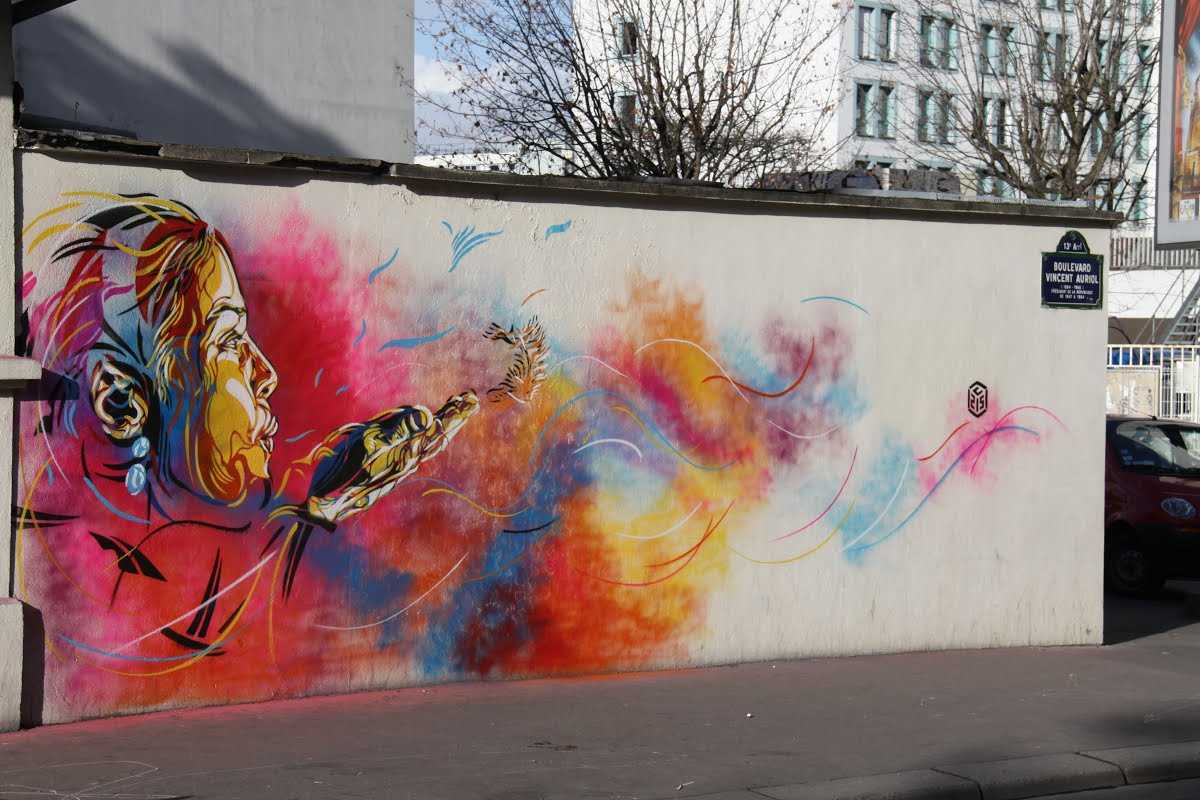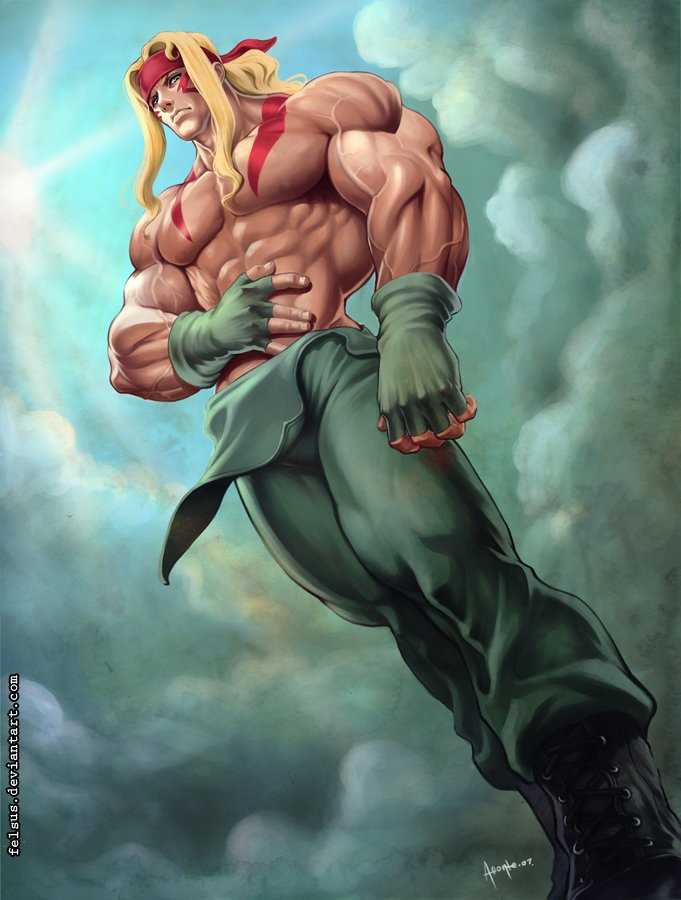One of the most famous highlights of the street art in the 13th district is the “Street Art 13” project. Initiated in 2009, this project aims to transform the neighborhood into an open-air art gallery. Artists from all over the world are invited to create large-scale murals on the walls of buildings, turning them into captivating works of art.
Walking through the 13th district, you will find yourself surrounded by an explosion of colors and creativity. The streets are adorned with stunning portraits, intricate patterns, and thought-provoking messages, all created by talented artists. Each piece of street art tells a unique story and contributes to the overall tapestry of the neighborhood.
One of the reasons why street art thrives in the 13th district is the support and appreciation from the local community. Residents and business owners actively embrace the art form, allowing artists to freely express themselves on their walls. This collaboration between the artists and the community has resulted in a vibrant and dynamic street art scene that is constantly evolving.
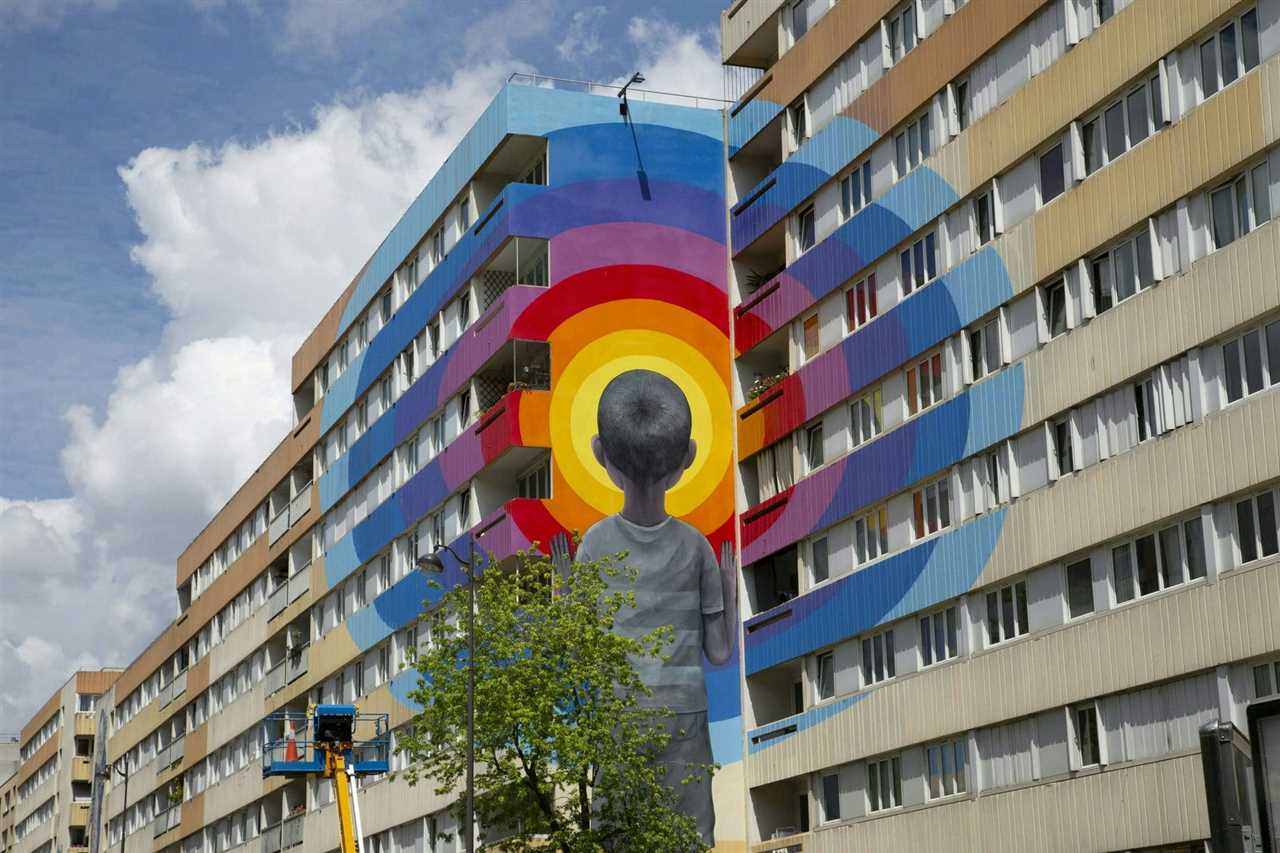
Graffiti is a form of street art that has become an integral part of the urban landscape. It can be found in cities around the world, adding color and creativity to otherwise mundane buildings and walls. Graffiti is often associated with rebellion and anti-establishment sentiment, but it is also a powerful means of self-expression for many artists.
What sets graffiti apart from other forms of art is its ephemeral nature. Unlike traditional art forms that are meant to last for centuries, graffiti is temporary and can be easily erased or painted over. This transience gives graffiti a raw and spontaneous quality that resonates with the contemporary urban experience.
Graffiti is not limited to spray-painted tags and signatures. It encompasses a wide range of artistic styles and techniques, including stencils, wheatpaste, and murals. Many artists use graffiti as a way to address social and political issues, making powerful statements about inequality, racism, and injustice.
While graffiti has often been associated with vandalism and illegal activity, it is important to recognize that there is a difference between graffiti and illegal tagging. Graffiti, when done with permission or as part of a sanctioned art project, can enhance public spaces and foster a sense of community. It can also serve as a platform for marginalized voices to be heard.
The 13th district of Paris is a prime example of how graffiti can transform an area into an open-air art gallery. The colorful murals and intricate designs that adorn the buildings create a vibrant and dynamic atmosphere. Visitors to the district can explore the streets and discover unique pieces of artwork that reflect the diversity and creativity of the neighborhood.
Graffiti is more than just a form of artistic expression – it is a way for individuals to reclaim public spaces and make their voices heard. The 13th district of Paris is a testament to the power of graffiti to transform an urban environment and create a sense of community and belonging.
The Influence of Stencil Art
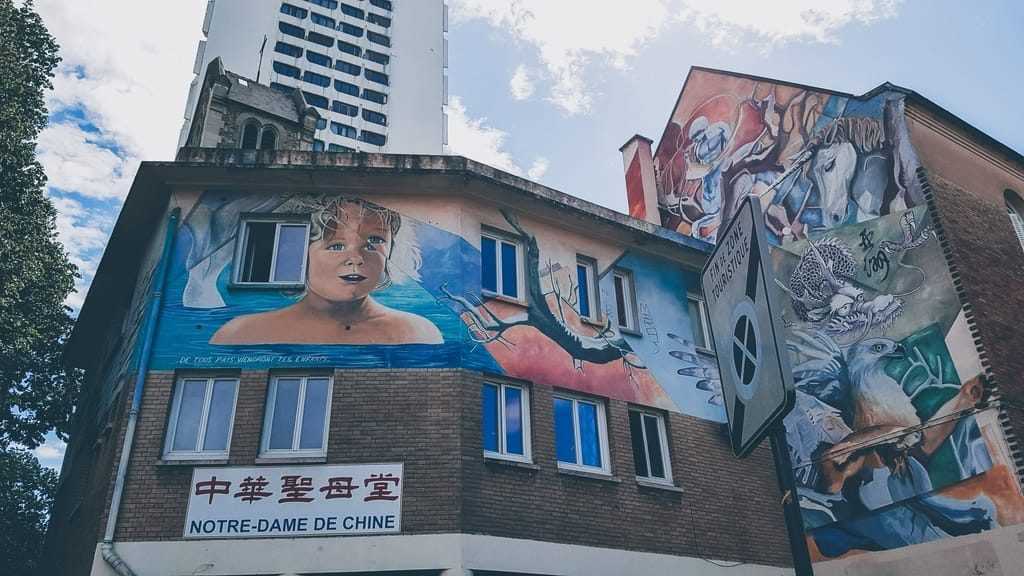
Stencil art has had a significant influence on the street art scene in the 13th District of Paris. This technique, which involves using a stencil to create images, has allowed artists to quickly and easily reproduce their work on various surfaces.
History of Stencil Art
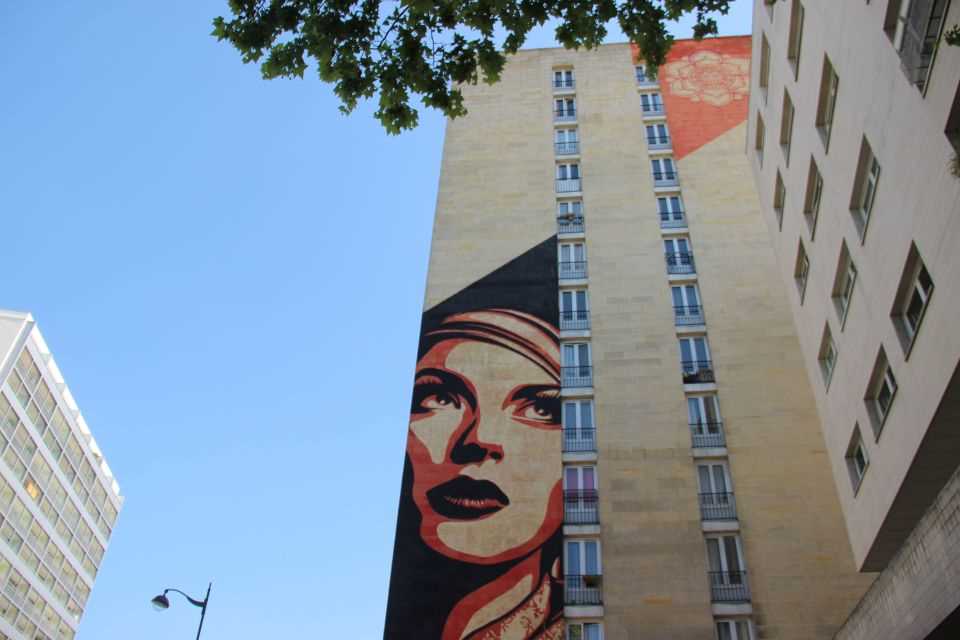
The use of stencils in art can be traced back thousands of years, with examples found in ancient Egypt and Greece. However, it wasn’t until the 20th century that stencil art became popularized as a form of graffiti and street art.
Stencil art gained prominence in the 1970s during the rise of the punk movement, where it was used as a form of protest and rebellion. Artists would create stencils of political figures or cultural icons and spray paint them onto walls, bridges, and other public spaces.
Techniques and Aesthetics
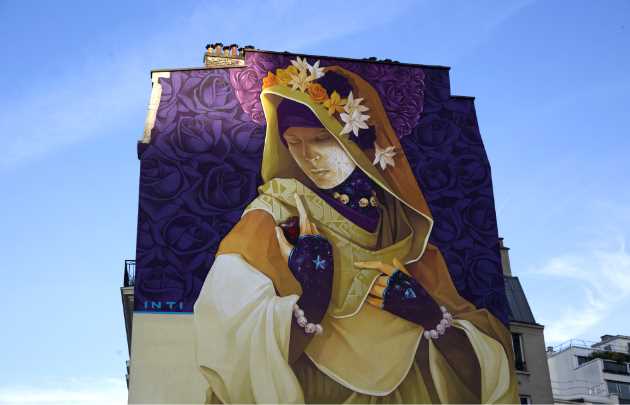
Stencil art allows artists to create bold and intricate designs with clean lines and defined shapes. The use of stencils also enables artists to quickly reproduce their artwork, making it an ideal technique for street art.
Artists often use multiple layers of stencils to create depth and add details to their work. This layering technique gives stencil art a unique visual aesthetic that can be seen throughout the 13th District of Paris.
Impact on Street Art in the 13th District
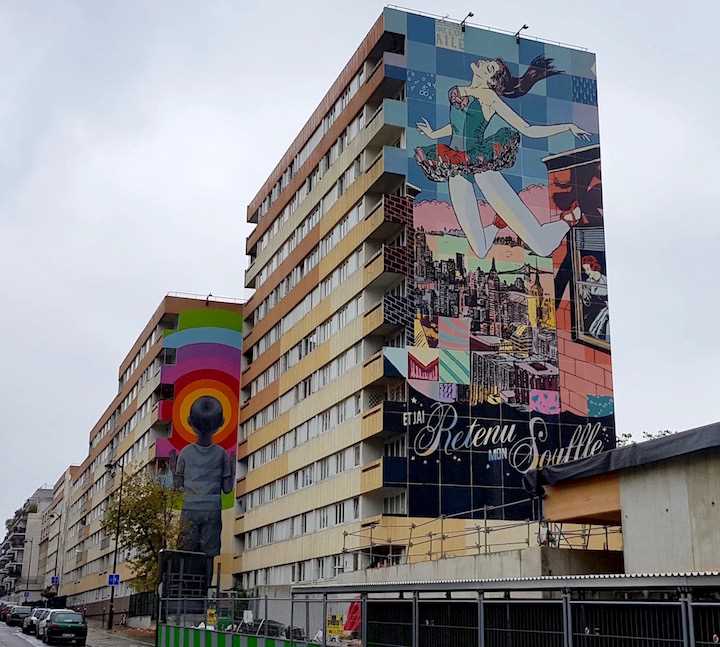
Their stenciled images can be found on walls, lampposts, and even garbage cans throughout the district, transforming ordinary objects into works of art. Stencil art has not only added visual interest to the area but has also made a statement about the cultural and political climate of Paris.
Overall, stencil art has become an integral part of the street art scene in the 13th District, contributing to its vibrant and dynamic atmosphere.
Paris 13th: A District of Street Art Gems
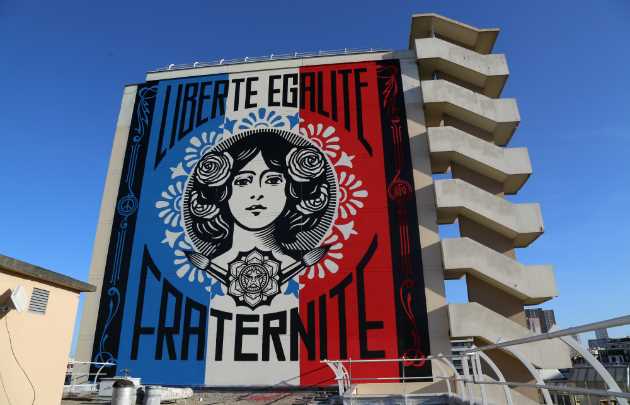
The 13th district of Paris is a hidden gem for street art enthusiasts. This vibrant neighborhood is home to some of the most captivating and thought-provoking street art in the city. From giant murals to intricate stencil work, the streets of Paris 13th are like a dynamic open-air gallery.
One of the notable features of street art in the 13th district is the emphasis on cultural diversity and political activism. Artists from all over the world have left their mark on the walls of this district, using their art as a medium to express their thoughts and ideas.
Walking through the streets of Paris 13th is like embarking on a scavenger hunt for street art. Around every corner, you’ll find stunning pieces that tell stories, convey messages, and challenge societal norms. Whether it’s a political statement, a poetic depiction, or a simple burst of color, every artwork in this district has its unique voice.
The district’s street art scene is also constantly evolving, with new art appearing regularly. It’s a living, breathing art form that reflects the ever-changing nature of the neighborhood. Artists come and go, leaving their mark, and making each visit to the 13th district a different experience.
Exploring the street art of the 13th district is not only an opportunity to appreciate artistic talent, but it’s also a chance to discover the rich and diverse culture of the neighborhood. The art reflects the multiculturalism that exists in this part of Paris, showcasing the influence of different cultures and communities.
Overall, the 13th district of Paris is a treasure trove of street art gems. Whether you’re a local or a visitor, taking the time to explore this district will reward you with an unforgettable artistic experience. So, grab a map, put on your walking shoes, and immerse yourself in the vibrant world of street art in Paris 13th.
The Evolution of Street Art in Paris
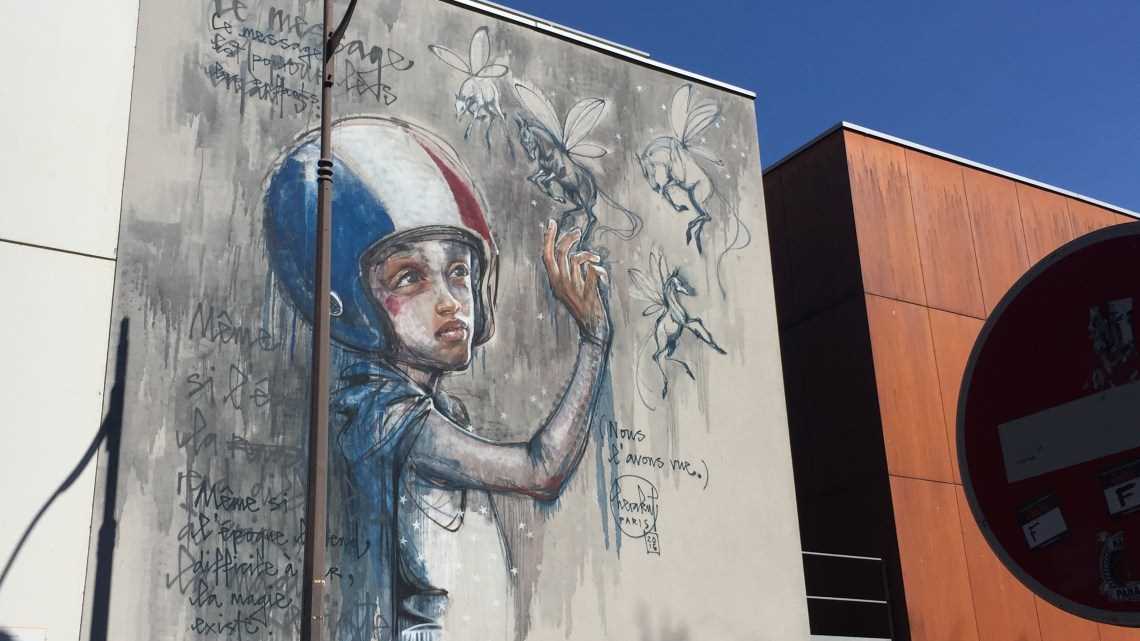
Paris has a long history of artistic expression, and this has extended to the streets of the city. Street art in Paris has evolved significantly over the years, reflecting changes in artistic trends, social movements, and cultural attitudes.
Historically, the graffiti movement emerged in Paris in the 1980s, inspired by the hip-hop culture that was gaining popularity worldwide. Artists began to use the walls of the city as their canvases, expressing their creativity and making their voices heard. Graffiti tags and throw-ups became common sights in the urban landscape.
The Rise of Stencils and Stickers
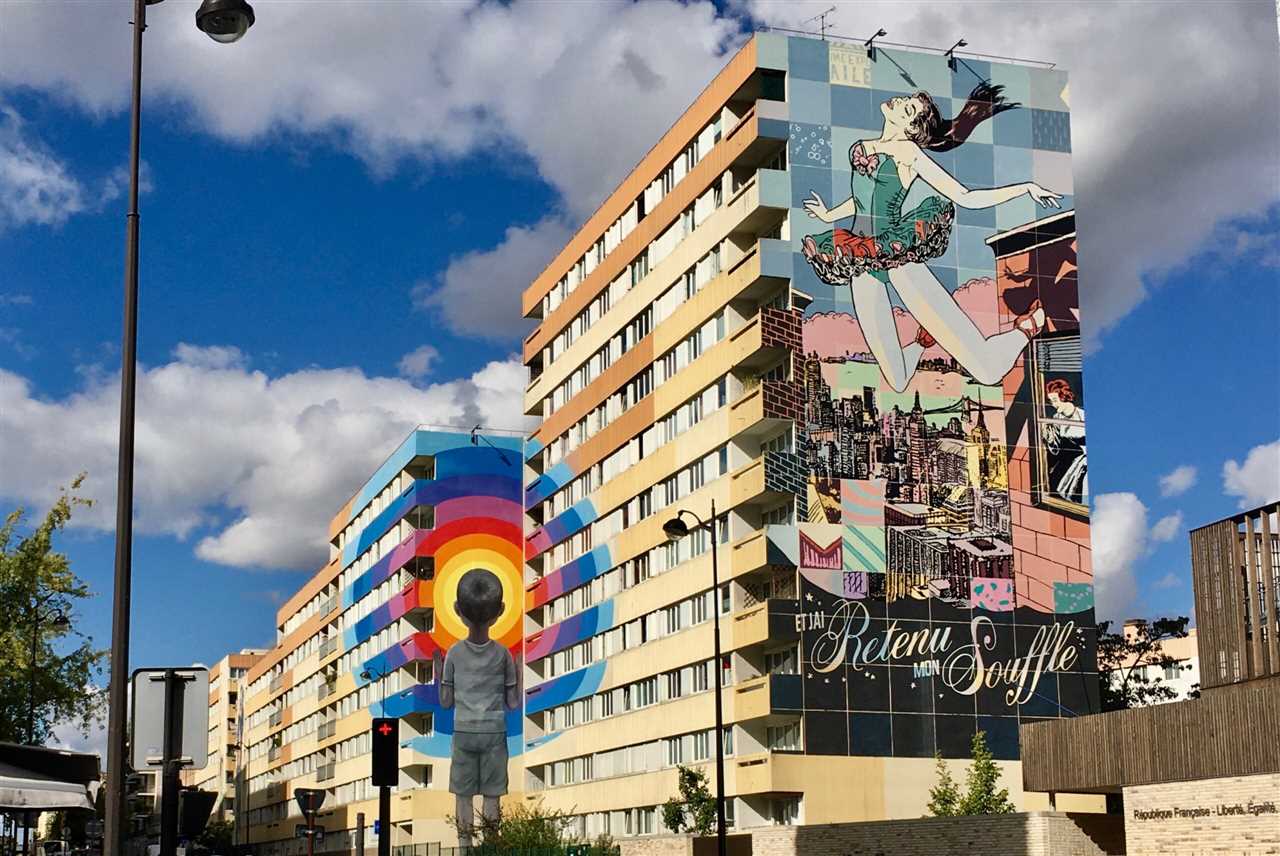
In the early 2000s, a new form of street art started to gain traction in Paris – stencils and stickers. Artists such as Blek le Rat and Space Invader began incorporating stenciled images and stickers into their work, allowing them to quickly and easily create multiple pieces around the city. This method also gave them a level of anonymity, as they could quickly apply their art and escape without being caught in the act.
Stencils and stickers brought a new level of intricacy and detail to street art in Paris. They allowed artists to create complex images with fine lines and shading, giving their work a more realistic and refined look. This new style of street art quickly gained popularity among both artists and the general public.
Street Art as a Political and Social Statement
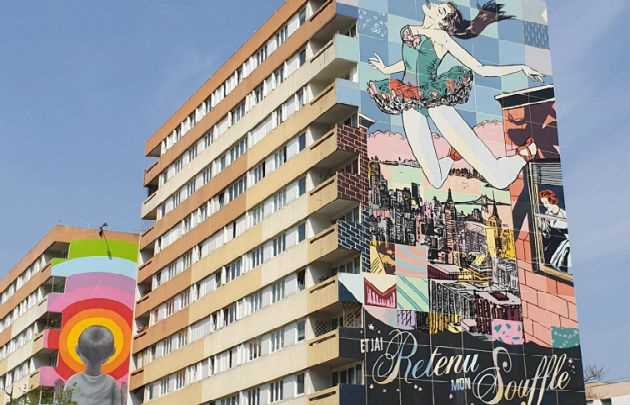
As street art continued to evolve in Paris, it began to take on a more political and social dimension. Artists started using their art to address important social and political issues, such as inequality, racism, and environmental concerns. They wanted to spark conversations and provoke thought among the viewers.
Today, street art in Paris is not just seen as an act of vandalism, but as a legitimate form of artistic expression. The city has recognized its value and has even dedicated certain spaces, such as the 13th district, for street artists to showcase their work legally. Paris has become a haven for street art enthusiasts from around the world.
Spray Cans and Creativity: Unleashing Art in the Streets
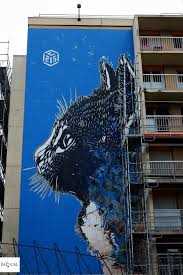
Street art has always been a powerful form of expression, using public spaces as canvases to convey powerful messages or simply to beautify the urban landscape. In the 13th district of Paris, spray cans have become the ultimate tool for unleashing artists’ creativity and transforming the streets into colorful masterpieces.
The use of spray cans as a medium for street art has many advantages. The quick-drying nature of spray paint allows artists to create elaborate pieces in a short amount of time, which is essential when working in public spaces where time may be restricted. Additionally, the vibrant and intense colors that can be achieved with spray paint make street art instantly eye-catching and impactful.
One of the most notable characteristics of spray can art is its versatility. Artists can create intricate stencils, large-scale murals, or even intricate freehand designs using nothing but a can of paint. This versatility allows for a wide range of artistic styles and techniques to be showcased in the streets of the 13th district.
But spray cans aren’t just tools for creating art; they are also symbols of the rebellious and underground nature of street art. In many cities, including Paris, spraying graffiti on public property is considered illegal, adding an element of risk and excitement to the creation process. This rebellious spirit inherent in street art adds an extra layer of meaning to the works found in the 13th district.
Walking through the streets of the 13th district, it is impossible not to be drawn into the world of spray can art. From colorful tags and vibrant murals to thought-provoking political statements, the creativity and talent of the artists are on full display. The streets become an open-air gallery, allowing anyone to appreciate and engage with art in a way that traditional galleries cannot replicate.
Spray cans have truly unleashed art in the streets of the 13th district of Paris. They have given artists the tools to express themselves freely, while adding color, vibrancy, and meaning to the urban landscape. So next time you find yourself in this district, take a moment to stop and appreciate the creativity that spray cans have brought to the streets.

I am a mural enthusiast and a fervent admirer of street art. Rather than creating murals myself, I am passionate about collecting them. My love for street art knows no bounds. I am dedicated to curating and cherishing these artworks that grace the streets. My collection stands as a testament to my profound appreciation for this form of artistic expression.
read about me

